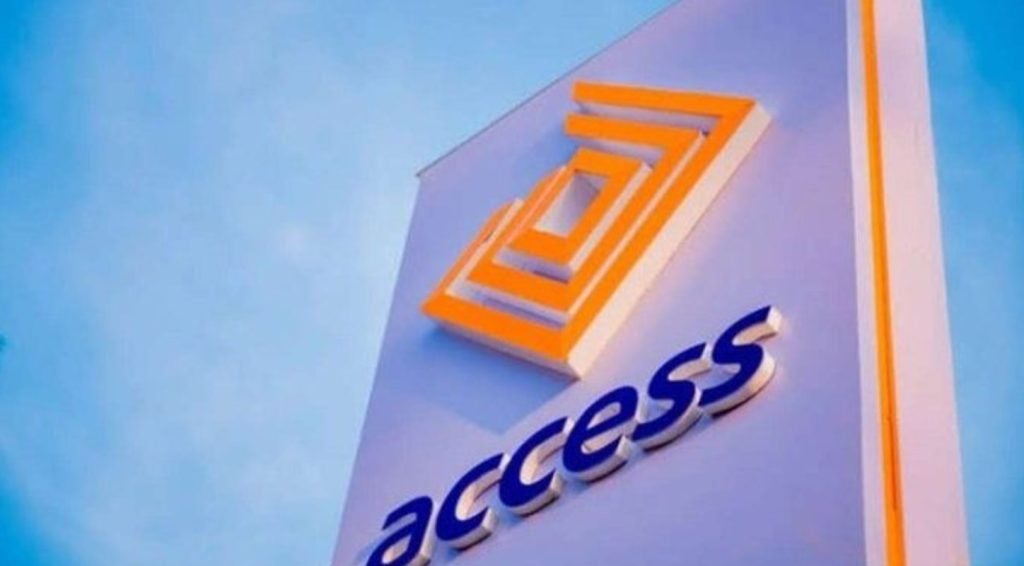
The launch of Apple iPhoneX could be one of many inflection points that drive consumers across the globe to use mobile devices as their main method of payment as it removes friction from the payment process argues Andy McDonald
Apple’s new iPhone X arrived in stores globally on Friday 3 November. As with every new iPhone launch, experts have been debating the ins and outs of the Apple X for days as fans queued overnight to get their hands on one.
One of the hallmark features of the new device is Face ID: the primary way to unlock the new phone is with the face scanner. More importantly, the new iPhone X will use the technology not only to unlock the phone, but also to authorise users for mobile payments.
I believe that the launch of the Apple X could be one of many inflection points that drives consumers across the globe to use mobile devices as their main method of payment. You only need to look at China to understand the future of commerce and mobile payments.
In the US and Europe, we are still debating the ‘future of cash’ and whether the use of cards will one day be challenged by mobile payments. In China, this discussion is completely irrelevant.
China has adopted mobile almost exclusively as their payment channel of choice, as every one of every age is connected to their mobiles for social, content and services related reasons.
How well do you really know your competitors?
Access the most comprehensive Company Profiles on the market, powered by GlobalData. Save hours of research. Gain competitive edge.

Thank you!
Your download email will arrive shortly
Not ready to buy yet? Download a free sample
We are confident about the unique quality of our Company Profiles. However, we want you to make the most beneficial decision for your business, so we offer a free sample that you can download by submitting the below form
By GlobalDataAlipay, the world’s largest online and mobile payment platform with more than 450 million active Chinese users, and Chinese social media platform WeChat with over 963 million monthly active users, are today the dominant forms of payments in China.
In little over 5 years, these two digital platforms have changed the nature of Chinese retail payments, and shifted hundreds of millions of Chinese citizens away from cash to electronic payments.
Where does this leave the rest of the world? Learning from China would be a good place to start. Many European retailers have already or are currently working on updating their payments infrastructure in order to accept alternative payment methods and we at ACI are helping many of our clients to accept Chinese customer payments.
The logic is quite simple: more than 5 million tourists from China are expected to travel to Europe this year alone and figures show that Chinese travellers spend more than any other nation on earth when travelling.
Merchants in Europe are missing a big trick and a huge opportunity if they don’t develop strategies to integrate new forms of alternative payments and cater to this huge consumer group.
Where does this leave merchants and which steps should they take next?
Understanding the payment preferences of your customers is crucial to getting the payment mix right. Consumers typically have one or two payment methods that they prefer, while others are useless to them.
Retailers need to look closely at their customers, understand local payment preferences and devices and alter their payment offering accordingly. A merchant’s payment provider – if they are suitably experienced – should be able to provide valuable guidance. Offering the right payment methods conveys a sense of legitimacy, important to building trust with shoppers.
Merchants should also ensure that they always offer at least the top three payment methods in each market or country. Most shoppers will use at least one of them, and it has been shown that providing the top three methods, rather than only the most popular, can increase conversions by up to 30 percent.
Finally, retailers must continually analyse the conversion rate and usage of each payment method, and be ready to adjust when needed. This is easier to do when working with a payment provider that offers an extensive global payment network, enables rapid payment method switches, and provides access to comprehensive payment data for advanced analytics.
Andy McDonald is Vice President, Merchant Payments at ACI Worldwide







